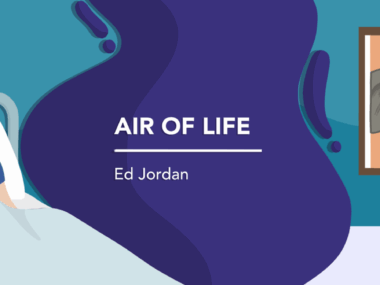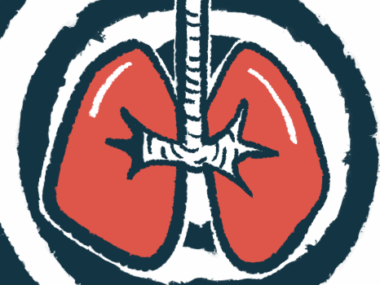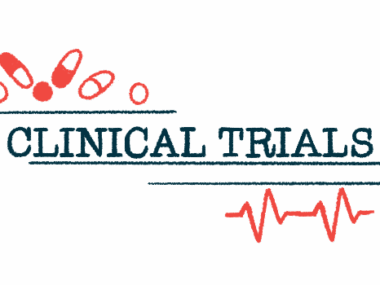I Wish I Never Had to Work Out Again — Until Tomorrow
Written by |

I am never going to be well enough to work out.
I realized this the other day and said, “I am never going to feel well enough to do this.” And then I wrote it as the first sentence of this column.
I am back to working out, for the record, and do so nearly every day for physical therapy following spinal surgery. But it’s not going well. Technically, it’s going considerably well (who knew I’d be back in my pointe shoes so soon after my toes went mostly numb?), but it’s not going considerably easy.
Every single day has been painful. Every single day I’ve woken up and thought, “This Bactrim is killing my stomach. I should take the day off,” or, “My double ear infections are making me want to cry,” or, “There is not a muscle in my body that does not ache and pain right now.” And yet, I make more aches and pains.
Why do we do this? If I don’t move, I become stiff and immobilized in ways I’ve never seen my 70-year-old mother move, considering she nimbly bounds down stairs. If I do move, I become stiff and immobilized by soreness and lactic libels instead.
After having my feet mostly paralyzed for a time before surgery, you would think I’d be grateful to move at all. That I’d be humble, modest, and grow an entirely new personality, but sadly, this one has stuck. Then it hit me: I am never going to wake up and want to do this. It is always going to hurt. It is never going to be easy. And it will never be free from infections, antibiotics, and issues. So, why not stop waiting to want it?
To be clear: I don’t want to shame anyone who hates working out or defines it differently. Can mobility, at its root, be an ableist way of defining health? (Yes. The answer is yes.) So, knowing this, how can we talk about the merits of movement and mental health without becoming one of those people who talks about “Cheat Days” and chest thumps all the time?
I’m not sure. Maybe I’m not the person to do it. Maybe the only moldable moral here is to figure out what fuels and challenges, and then find a way to do it whenever possible, even when it’s not exactly as we wish it would be.
My friend Reuben Samuels had a double-lung transplant in 2019 and believes in bodybuilding and athletic training wholeheartedly.
“I know that fitness and nutrition not only kept me alive, but helped me to continue to thrive even when my lung function dropped well into lung transplant territory,” he said. “The muscle and strength I continued to maintain up until I got the call, allowed me to recover from surgery faster and laid the foundation for more growth and fitness with new lungs.”
I believe there is a connection between mindset and muscle, but I don’t know how to overcome my perfectionistic tendencies. Kathryn Norris, a fitness and nutrition coach and double-lung and liver transplant recipient, recommends going slow.
“I wasn’t always into fitness,” she acknowledged, while looking back on her career in personal training. “But when I started to work out in 2015, I fell in love with how I felt after. Not only did I feel accomplished, but I started feeling happier, stronger, and more energized overall.”
“If your body isn’t put to use, it slowly deteriorates,” she added.
So, if it hurts when I do it, and it hurts when I don’t, what do I do? I hate hurting, but lately, I hate the hurt of nothing more.
Maybe, without a perfect answer or a perfect anything, the best we can do is … well, the best we can do.
***
Note: Cystic Fibrosis News Today is strictly a news and information website about the disease. It does not provide medical advice, diagnosis, or treatment. This content is not intended to be a substitute for professional medical advice, diagnosis, or treatment. Always seek the advice of your physician or other qualified health provider with any questions you may have regarding a medical condition. Never disregard professional medical advice or delay in seeking it because of something you have read on this website. The opinions expressed in this column are not those of Cystic Fibrosis News Today, or its parent company, Bionews, and are intended to spark discussion about issues pertaining to cystic fibrosis.









physical therapy thousand oaks
There is considerable overlap in the two professions. As a generalization with many exceptions, physical therapy in children is directed at improving the function of large muscle groups in rehabilitation from strokes, fractures and accidents. Also in children with certain congenital neuromuscular abnormalities. Occupational therapy is generally directed to small muscle groups involved in the performance of certain tasks. Holding a pencil, picking up small objects with the fingers, opening a can, etc. are but a few examples. I can't speak to salaries. PT now requires a PhD.